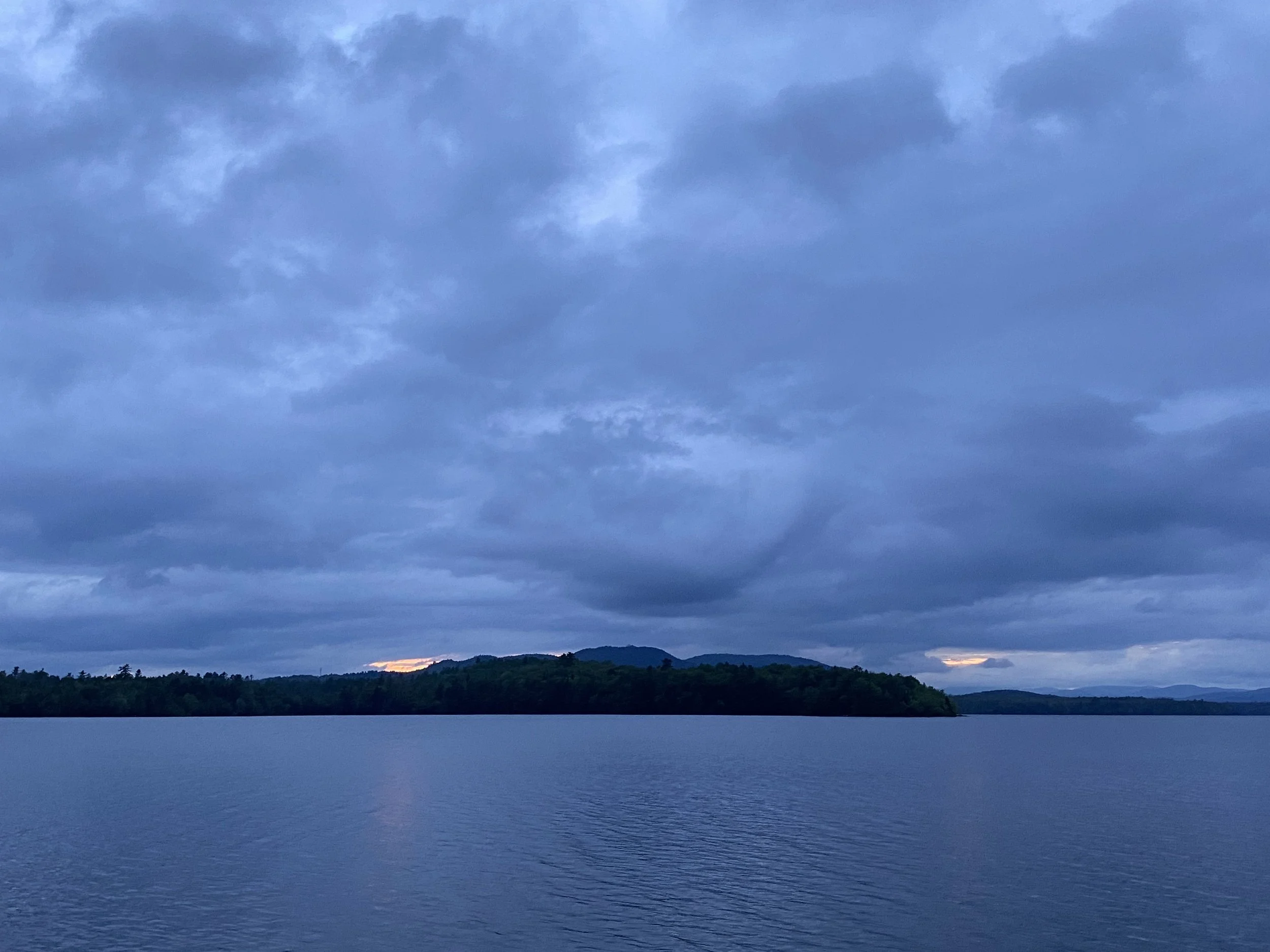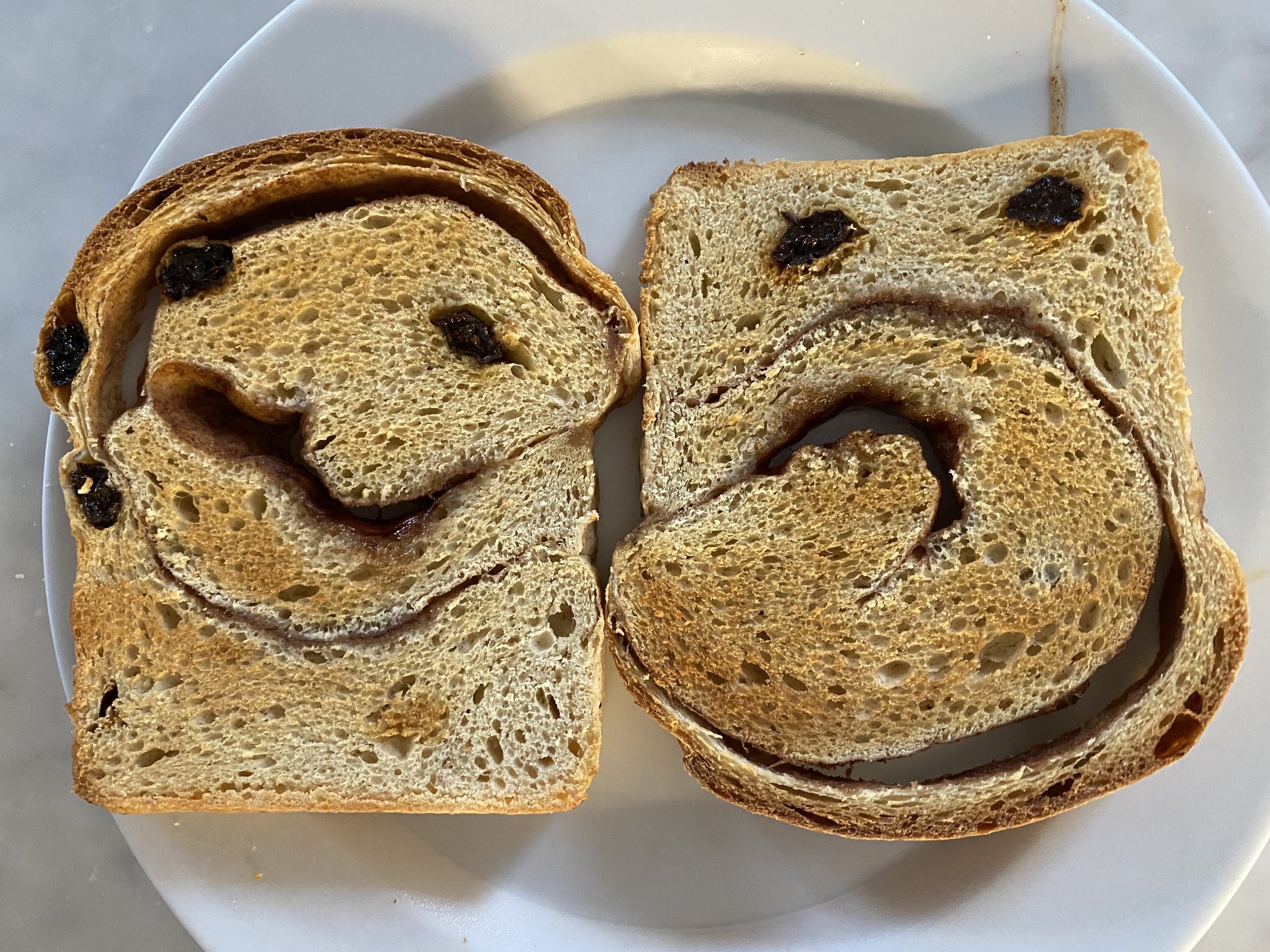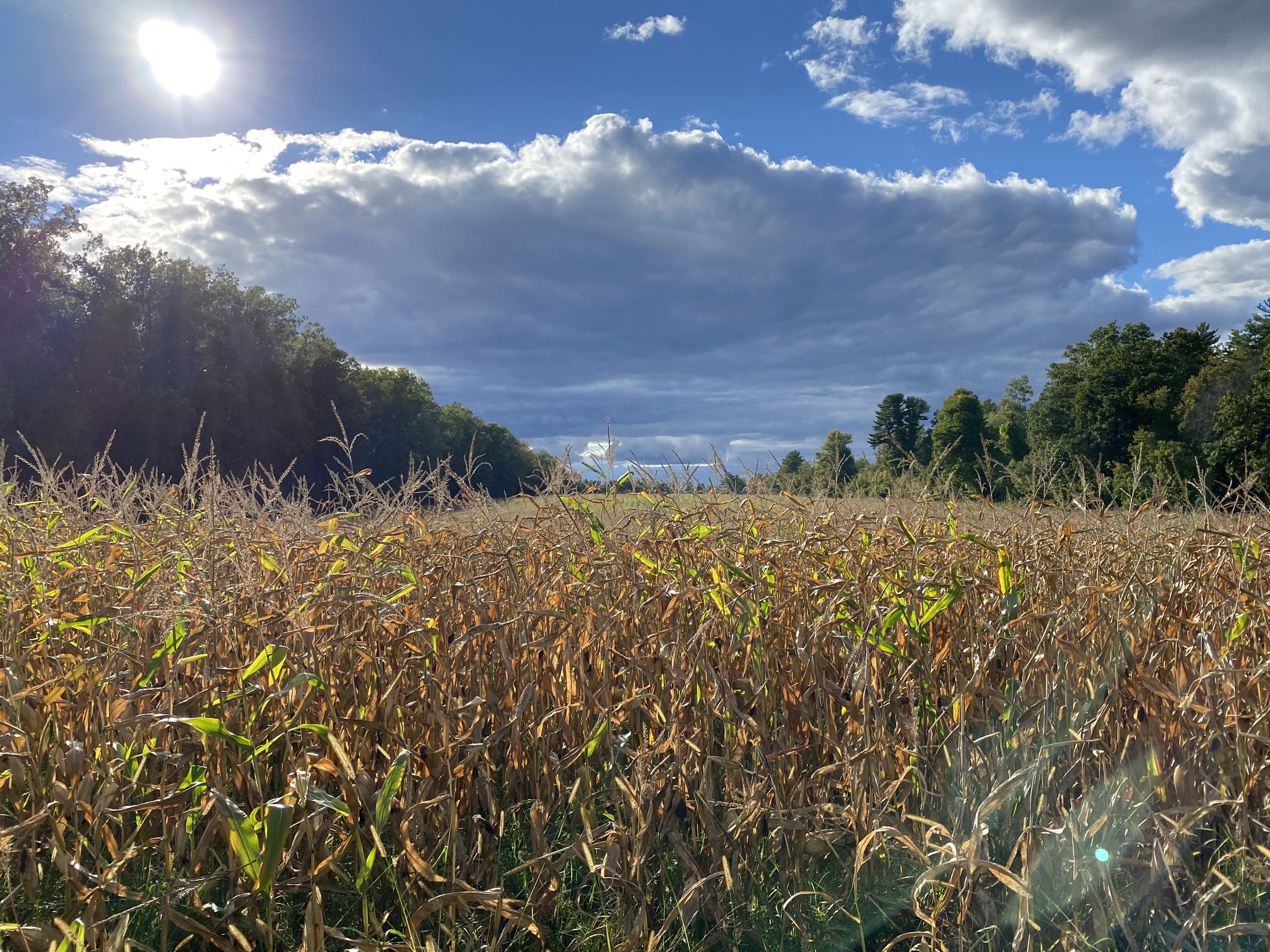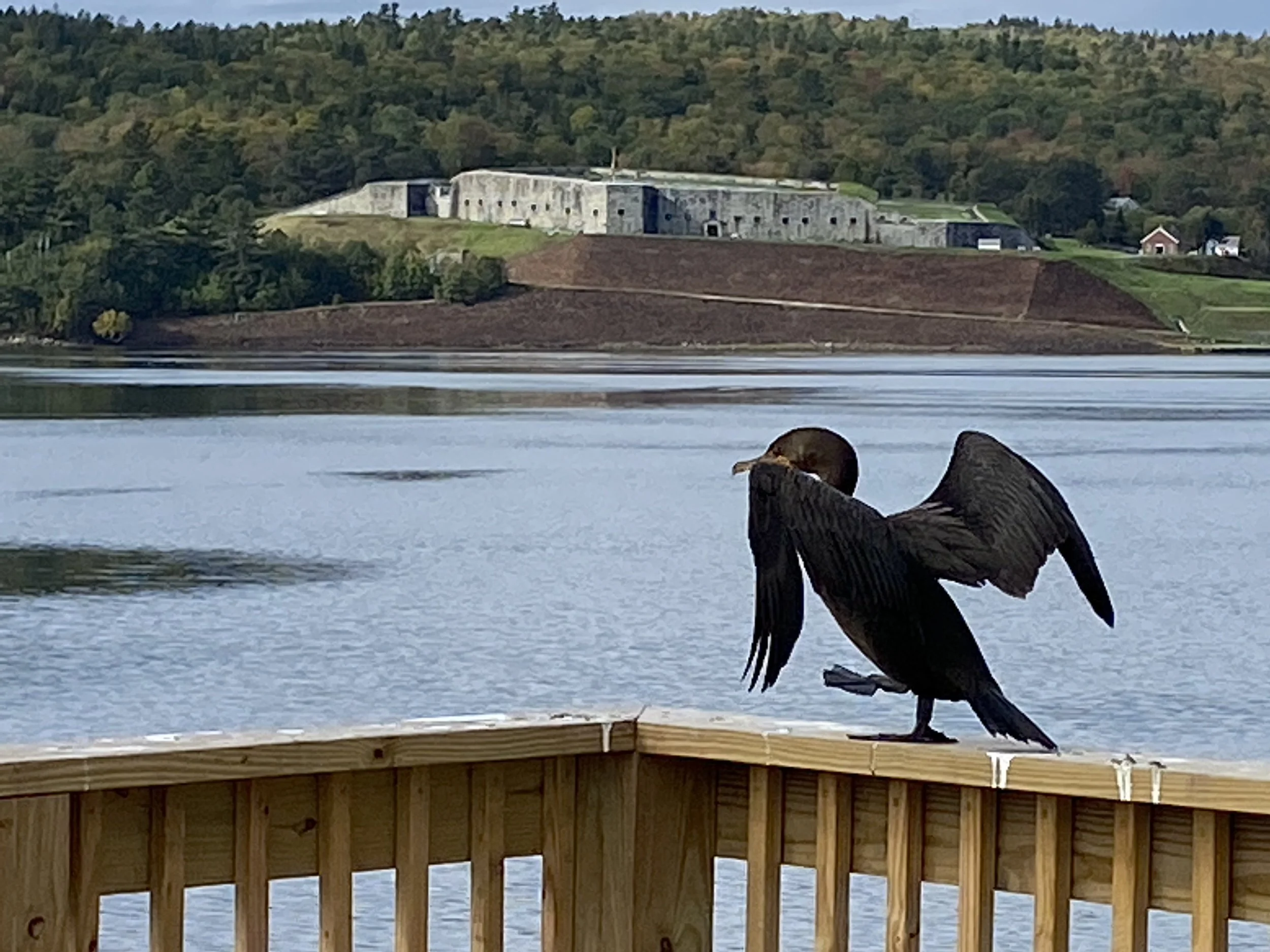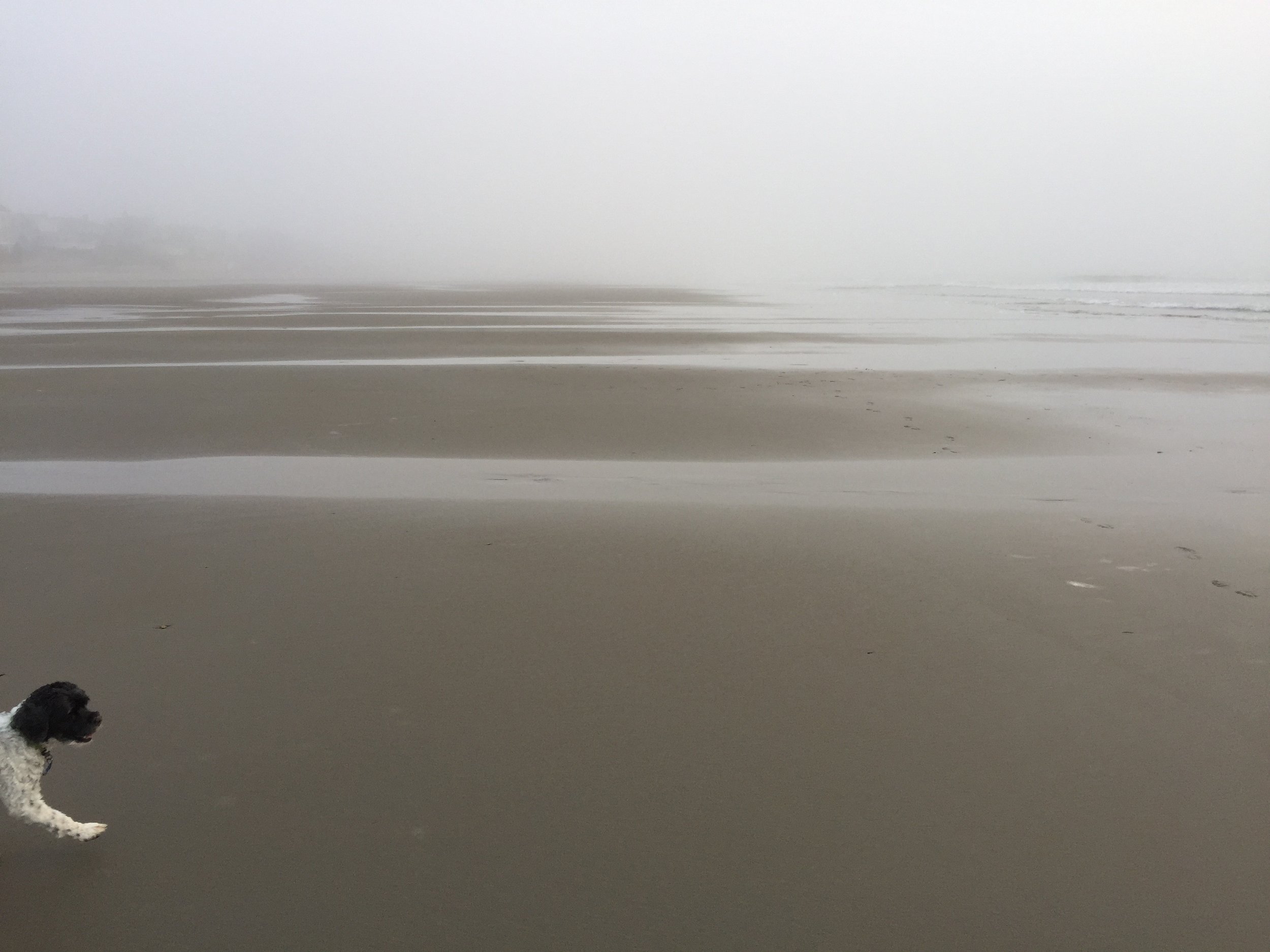“We have all known the long loneliness and we have learned that the only solution is love and that love comes with community.” — Dorothy Day
On a recent Wednesday, I ventured down to Cambridge. Massachusetts, to sit in on a public conversation with Howard Gardner and Wendy Fischman — regarding the findings in their new book, The Real World of College: What College Is and What College Can Be. As one who has engaged in the conversation on the central societal role of formal education for decades now, I was curious to see what these two Harvard researchers had to say about the state of college learning today — and, by extension, the role of our K-12 systems in preparing children for college life.
Gardner, of course, is best known for his theory of multiple intelligences, developed in the 1980s and expanded and modified over the years since. But he has conducted plenty of other works as a member of the Harvard faculty in the Graduate School of Education. Gardner is the author of thirty books, in fact, and the senior director and principle investigator at Project Zero, an ongoing research center housed at Harvard whose mission is “to understand and nurture human potentials — such as learning, thinking, ethics, intelligence, and creativity.”
Wendy Fischman is a long-time project director at Project Zero. She has written numerous scholarly and popular articles on education and is the lead author of Making Good: How Young People Cope with Moral Dilemmas at Work (Harvard University Press, 2004). Since 1996, among other things, she has managed various aspects of the GoodWork® Project, specifically focused on the meaning of work in the lives of young children, adolescents, and novice professionals.
Fischman and Gardner’s latest project, resulting in their new book, has been to understand how various constituents view the college experience — especially addressing the question of why attend at all. What do students hope to learn? What did they learn? And, most important, what do they value in their college education? At ten colleges and universities — ranging from private institutions such as Duke University and Kenyon College to public universities such as Ohio State and the Bureau of Manhattan Community College, the research team interviewed 2,000 students and other constituents — including faculty, administrators, parents, and alumni — to get a 360-degree portrait of the values people see in attending college today.
My goal here is not to offer review of the book itself — though I will say that a number of reviews I read found it both insightful and provocative and, thus, worthy of wide attention. What matters most to me is that these kinds of conversations on education get more attention. Simply put, they are essential to the future of our democratic society.
What caught my eye in particular — and what has felt like a steady problem in higher education for all of this century to date — are two key points. First, that the mental health of college students is at an all-time low. Too many students report feeling alienated and anxious. Caught in the grinding logic of the nation’s economic machinery, they see college primarily as a transactional endeavor designed to get them to the imagined promise land of financial security. As a result, the majority tend to focus myopically on grades and résumés. They believe they are in some kind of zero-sum competition with classmates — and wake each day worried about their futures.
Meantime, the majority of college and university faculty members — and the leadership of these institutions — primarily believe that college should be about much larger and more fulfilling human transformation. In short, they see their profession to be about developing each student’s intellectual and social-emotional skills — higher educational capital (HEDCAP), as the Fischman and Gardner put it — to individually thrive and collectively deal with the complexity of human society in all its forms. This intellectual capital includes knowing how to succeed in the workplace, of course, but it runs far deeper to encompass the full-spectrum intellectual engagement — including inquiry, reflection, analysis, problem-solving, collaboration, moral attentiveness, and communication.
At the event, Fischman and Gardner made it clear that they want the leadership of all colleges and universities to take note of the gap between how the majority of students (and many parents) see the point of a college education and what the schools themselves believe is their raison d’être. Closing this gap is complicated business, of course. There is no precise formula. But we can certainly start by both acknowledging the gap and our culpability in creating it — and then use institutional resources to realign programs and missions so they focus on what school leaders say matters most.
These days, vociferous critics bark at colleges and universities from all directions. I don’t want to jump on any such bandwagon here. Educational institutions of every kind function within the larger society, and it’s very difficult to shake off all the pressures that come to bear on institutional decision-making. Much of the criticism about colleges and universities today — at least what I read in the press — strikes me as hyperbolic political posturing with little connection to institutional truth. But as Fischman and Gardner make clear, there are core issues that should be, and can be, addressed.
One central problem in higher education has been the kind of mission creep that, for many colleges and universities, has risen out of the need or desire to attract more students — sometimes simply to stay afloat and sometimes to raise a school’s profile as a highly selective institution. As a result, there has been a steady shift from a focus on college as an experience in human transformation toward college as professional training grounds — the transactional stuff. Essayist and cultural critic William Deresiewicz has written and spoken extensively on this topic, excoriating top colleges and universities for graduating what he describes in one book as “excellent sheep.” These are adults who can succeed at doing what they are told, but struggle immensely to think as individuals or to function collectively for the greater good of society. Too many colleges and universities, he says, inculcate students with a singular ideology rather than focus on developing individual thinkers. I don’t fully agree — I know plenty of free-thinking young college graduates — but there’s an element of truth here that rises from the shift toward high-end job prep and away from engagement with the humanities.
Like Deresiewicz, Fischman and Gardner generally describe the goal of college as place to develop knowledgeable, thoughtful, caring individuals. I’ve heard others describe college as place for the engagement with ideas. These views make sense to me. They outline the kind of college experience we want for own children, no doubt — and we know deep down this is the best pathway to personal and professional happiness and citizenship. But the short-term concern for financial security — fueled by an increasing wealth divide between the haves and have-nots in the nation (see Matthew Desmond’s excellent book, Poverty by America) — has caused high anxiety about basic survival. The statistical reality is that a college degree in the humanities does prepare one well for the workplace as well as life. One’s earnings over a lifetime are as high or higher than those with professional degrees. But worry has a way of overriding such truth — as if students feel they can’t take any chances, especially given the high cost of a college education and the prospect of repaying loans. In short, students are scared about their futures.
The societal problems at play here run deep, of course. The whole overwhelming impact of social media has been an invisible tsunami swamping our collective boats in ways none us could have predicted at the start of the century. And the rise of AI will complicate matters — indeed, already is complicating matters — further. There’s also the problem of ongoing social injustices — primarily racial and economic injustices — that come to bear on life inside every college and university campus. And given our current political landscape (and the maddening soapbox of social media), the related conversations — and institutional decision-making — have gotten increasingly complex and fraught. I would also add that America, as I hint at earlier, increasingly sees itself not as a democracy but as a free-market economy. There’s a big difference. The latter should be answerable to the former, but we seem to be doing just the opposite. The more we see our lives in pure economic terms, the less we see each other as neighbors and citizens — as human beings. Our lives, in other words, keep slipping deeper into the capitalist maw, as if we gave the leadership of our nation over to a bunch of Wall Street chatbots.
Colleges and universities have an important role to play in response to all these matters — and, indeed, must respond, if they see themselves as moral institutions. In the academic arena, if colleges are places for the engaging in ideas, it’s also impossible not to engage with events in the world around them.
Clearly, I don’t mean that they should tell students what and how to think. I’m saying that a key way to address such matters — as Fischman and Gardner argue — is for a tighter focus on the core mission of helping students develop intellectual and social capital. For colleges and universities, this means taking a closer look at what they say they are doing — what they write and publish in their mission statements — ensuring that these words actually represent what they believe matters and, then examining how well their programs adhere to these words. After this, it’s a process of engaging in the realignment of the program. The schools need to ensure that they are sending out the right message to prospective students about what to expect from life in college, recruit based on that message, and then be clear to all students (in as many ways as possible, at every turn possible) about what the institution sees as the goal of learning. In short, if the goal is to be transformational, be transformational.
I realize that my description here is oversimplified. And I know that many critics will point to certain kinds of mission statements as a core problem, especially when they espouse a set of values that others see as political posturing or that hint at a single ideology. In this regard, I know the conversations are difficult. But I think it’s quite possible at the vast majority of colleges and universities to both clarify and strengthen the essential transformational mission. In particular, I’d like to see all colleges and universities to be crystal clear about one essential characteristic that is widely valued — and that is that all colleges and universities are learning communities. In such communities, the focus will be on connecting and supporting students as individuals who are in the process of developing their essential skills for life a democratic society.
Like others, I would argue that the best way to do so is through a strong core humanities and arts programs. But I’m fine with the idea of ensuring that the teaching of such skills are infused into all academic areas — so that students are truly developing and strengthening their humanistic skills along with their intellectual and discipline-specific skills. The goal should simply be that learning takes place within a community.
The quote above from Dorothy Day seems apt for our rather splintered society today. We do live in an increasing transactional world. So it’s not hard to understand why college students would see college as another transactional engagement. But given what we know about the stress and depression and anxiety and loneliness that so many college students experience, the main steps school leadership can take is to counter the troubling patterns by building community, help students understand what you mean by a transformational learning experience — indeed, keep it front and center as a kind of institutional mantra — then work to ensure that your program is tightly focused on such learning.
When I look back on my own college experience, I do recall moments of deep anxiety and uncertainty — and this in a time without social media. At one point in my sophomore year, struggling for good grades in courses that meant little to me, I couldn’t figure out why I was in college at all. I seriously thought about walking away. What saved me was community. I developed a range of great friendships among students, of course. But I also connected with a number of faculty members — adults who saw me, challenged me, and seemed to appreciate my presence. That was enough. In my senior year, by chance, I ended up living in a house with two history professors. We went our own ways during the day, but for three nights a week, we each cooked a meal for the others and sat around the table together talking about life and learning. I was 20 and knew I had plenty to learn (including how to cook). But through these simple meals and conversation with two smart, caring men, I could start to see a path forward. I was happy, content, engaged, alive. I took my classes seriously, but without anxiety. I simply wanted to be there, to learn, to listen, to think. In all, it was a thrilling year.
I don’t know how much intellectual capital I actually developed. But I came to understand that I was, for a time at least, a part of a caring community of learners, and that I was learning for something far more important than grades or jobs. Without knowing the term, I was suddenly in search of transformation from being a child to being an adult — and that I was done forever with the idea that school was transactional.
But I’m going on too much about myself….
Here’s what I want to say. I’m thankful for the research undertaken at Project Zero and Fischman and Gardner’s book, The Real World of College. I hope the book helps push the conversation at the collegiate level about aligning mission and practice so that more students — indeed, the majority — will, when asked, speak about the transformational nature of their learning experiences.
I also hope that these institutions will think more deeply about refocusing on their core missions and the process of recruiting and supporting students. In the event at Harvard, Wendy Fischman bemoaned the shortcomings in the precollegiate world that fails to prepare students to see learning as transformational. But much of the problem lies with college admissions process. The sooner high schools can step out of the college-admissions mindset and into the college-prep mindset, of course, the better. But it makes sense that student and parental anxiety about college admissions would push students to focus myopically on GPA’s, admissions testing, and résumé building — and that, as result, such efforts would exclude the kind of learning that might feel deeply meaningful.
I’m not sure how we change the current system in which high school students must prostrate themselves in hopes of being invited for continued learning at the college level. But I know the high schools are far too caught in the grip of the university — and that the university needs to loosen that grip. The sooner we figure out what I can only describe as more fluid K-16 system, the sooner we’ll be able to focus in on the kind of transformational learning we all know matters most.
I know there are efforts being made on all these fronts. But it seems clear there is plenty more to be done. The sooner we center these conversations, the sooner we can realign our actual programs with our missions of human transformation — which, for me at any rate, lies at the heart of what we call education.
